THE
COMPLETE ILLUSTRATED GUIDE TO
FARMING
Samantha Johnson and
Philip Hasheider

Published in 2014 by Voyageur Press, an imprint of Quayside Publishing Group Inc., 400 First Avenue North, Suite 400, Minneapolis, MN 55401 USA
2014 Voyageur Press
Text 2014 Samantha Johnson and Philip Hasheider
All rights reserved. With the exception of quoting brief passages for the purposes of review, no part of this publication may be reproduced without prior written permission from the Publisher.
The information in this book is true and complete to the best of our knowledge. All recommendations are made without any guarantee on the part of the author or Publisher, who also disclaims any liability incurred in connection with the use of this data or specific details.
We recognize, further, that some words, model names, and designations mentioned herein are the property of the trademark holder. We use them for identification purposes only. This is not an official publication.
Voyageur Press titles are also available at discounts in bulk quantity for industrial or sales-promotional use. For details write to Special Sales Manager at MBI Publishing Company, 400 First Avenue North, Suite 400, Minneapolis, MN 55401 USA.
To find out more about our books, visit us online at www.voyageurpress.com.
Digital edition: 978-1-62788-137-1
Softcover edition: 978-0-76034-555-9
Library of Congress Cataloging-in-Publication Data
Johnson, Samantha.
The complete illustrated guide to farming / by Samantha
Johnson and Philip Hasheider.
pages cm
Other title: Farming
Includes index.
ISBN 978-0-7603-4555-9 (softbound)
1. Agriculture. 2. Farms, Small. I. Hasheider, Philip, 1951
II. Title. III. Title: Farming.
S496.J64 2014
630--dc23
2013047866
Front cover photo: Photo collage, all files from Shutterstock. goats (back): grafvsion, goats (front): oorka, cows: smereka, poultry: PCHT, barn: Thomas Barrat
Design Manager: James Kegley
Layout design: Helena Shimizu
Cover designer: Gavin Duffy
Editor: Elizabeth Noll
NOTE: Many activities described in this book are dangerous. Failure to follow safety procedures may result in serious injury or death. The publisher cannot assume responsibility for any damage to property or injury to persons as a result of misuse of the information provided.
Dedication
To our farm friends and neighbors in Phelps, who are always there to lend a hand: Thanks!
Samantha Johnson
To Jerry Apps, a longtime friend and mentor: his many writings about agricultural subjects and history have served as an inspiration for me.
Philip Hasheider
Contents
 Introduction
IntroductionA s children, we learncourtesy of colorful picture booksthat farmers wear overalls and a cap, drive green (or sometimes red) tractors, and have cattle, sheep, pigs, and a rooster. We learn that farmers have golden fields of wheat and big red barns.
But as time goes on, we discover that farming can mean many different things. Some farmers raise horses, some keep rabbits, some raise bees. On any given day, a farmer might harvest fresh vegetables from the garden, bottle honey, haul hay, or deliver a newborn foal. Some farmers invest in brand-new machinery while others have assorted tractors of varying degrees of antiquity. Some approach farming with an eye on turning a profit; others focus on the self-sustaining aspects of growing and preserving food for personal use.
You might ask yourself: why farm? But the more pertinent question is: why not farm? Why not experience the deep, fulfilling joy that comes from harvesting honey, raising chicks, growing wheat, and making pickles? Why not pursue these satisfying skills and the accompanying rewards?
Thats not to say that the work isnt hardsometimes it can be. Farming is repetitive in a rhythmic, cyclical way that is by turns comforting and frustrating; some people find it invigorating, while others flee for the city and never look back.
I farm because it is a way of life; because there are innumerable benefitsboth tangible and intangibleand moments that are too precious to miss. The birth of a foal, the moment when a plant sprouts and springs from the soil, the taste of a sun-ripened tomato, the thrilling sight of hay bales stacked neatly in the barn.
Maybe farming knowledge wasnt passed down to you from a previous generation. Maybe you dont have a nearby mentor to answer questions or offer advice. Maybe youre not sure if you want to start out with cattle, or chickens, or rabbits. Maybe you dont want to keep livestock at all. Maybe you think you dont have a green thumb and are scared to attempt to grow your own vegetables. Maybe youd like to trying canning and preserving, but you arent sure where to start.
So youve picked up this book. As the title, The Complete Illustrated Guide to Farming, suggests, it covers a vast array of topics, and its fully illustrated to present the material in the most effective and helpful manner possible. Youll find extensive information on livestock, crops, gardening, harvesting, and more, along with resources and tips to help you get started or continue in the farming lifestyle.
Are you ready to take the plunge into real farming? Whether your definition includes chickens, goats, wheat, honeybees, or any combination thereof, keep this book by your side and press onwondrous adventures await.
Samantha Johnson

W hat does it take to be a successful farmer, whether large or small, regardless of region or climate, and financial investment? These are all significant considerations, but even more critical are the basic nuts and bolts skills necessary to make a working farm successful.
Basic knowledge of the entire farming enterprise is essential to creating, maintaining, and enjoying it as a business as well as a lifestyle. This knowledge has a wide range of applications.
Farmers have long been considered jacks-of-all-trades in a positive sense of the term. They need to be mechanics to maintain and repair equipment. They need to be agronomists to understand seeds, fertility, plantings, tilling, grass production, soil structures, and more.
They need knowledge of husbandry to raise animals humanely and efficiently. They need to be safety inspectors and instructors to avoid injury to themselves and their family members.
They need to be good bookkeepers to maintain a profitable business and have marketing skills to leverage their products into the greatest income while minimizing losses.


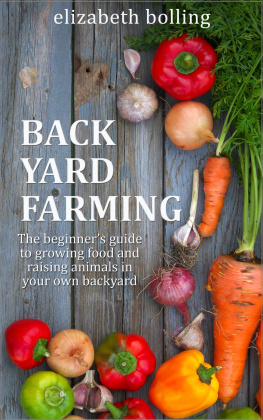
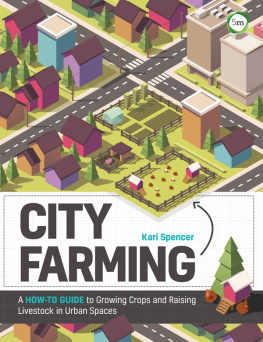

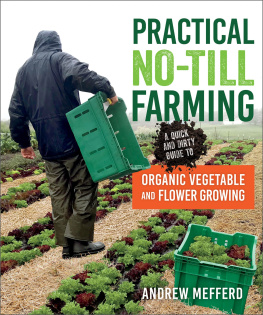
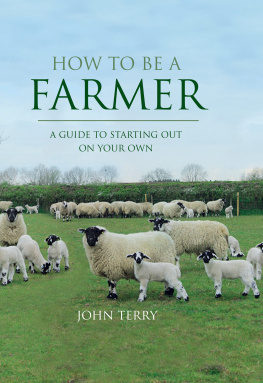

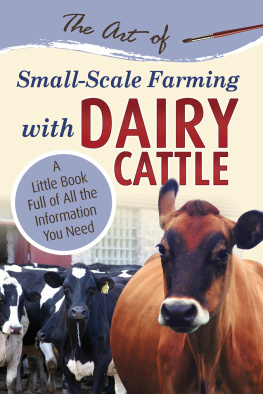
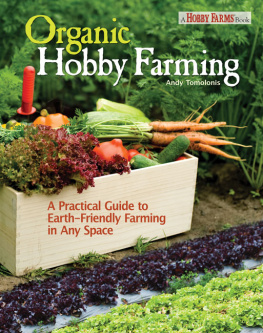




 Introduction
Introduction
